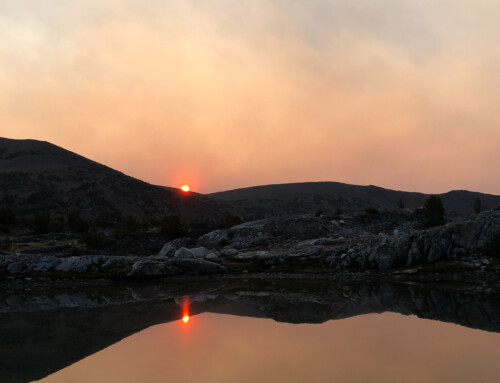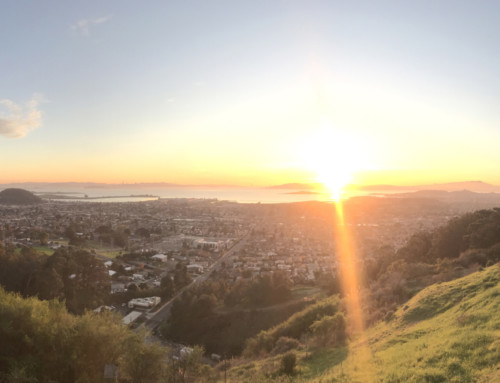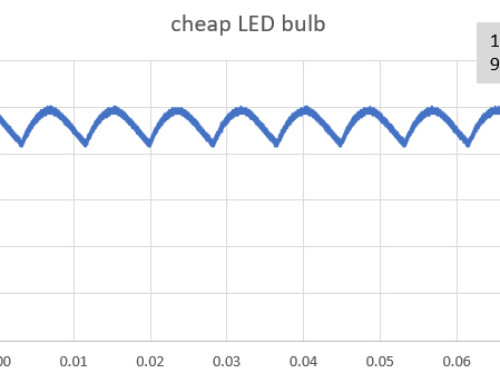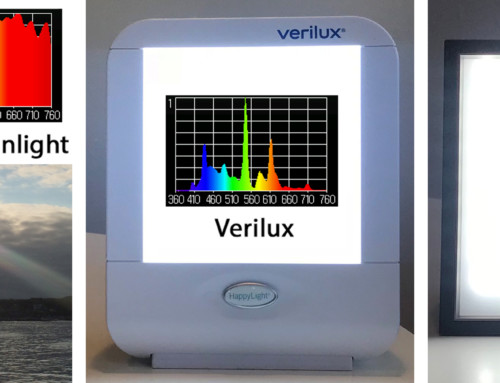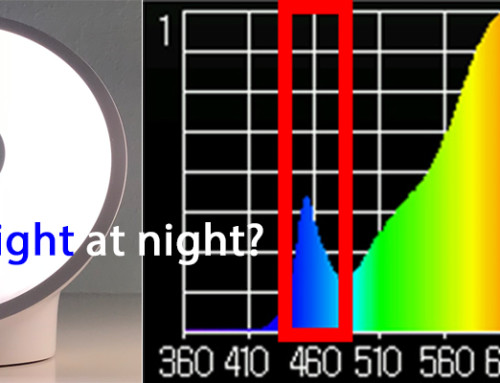Exposure to natural light is a critical ingredient for a good night’s sleep – but most people don’t understand that we need BOTH bright light during the day, AND biological ‘darkness’ to sleep well at night. Blue light and sleep are fundamentally tied together – our bodies depend upon a bright blue-rich light signal during the day and the absence of blue-rich light at night to regulate our sleep cycle. Without enough light during the day, we don’t sleep well — with too much light at night we don’t sleep well. Increasing our exposure to natural light during the day (get outside!), and reducing our use of artificial light at night are two of the simplest things we can do to improve our sleep.
Sleep is a complex process governed by many factors, but our daily cycles of awake/alert and recovery/rest depend upon well-defined daily cycles of light and dark. Exposure to bright natural light during the day stimulates our energy, mood, metabolism and day-time hormones (like cortisol) while suppressing melatonin. As many of us know intuitively, we sleep better after spending time outdoors. Studies show clearly that without sufficient bright light during the day (which drives day-time melatonin suppression), we don’t sleep well at night. One of the simplest things we can do to sleep better is to get outside for at least 20-30 minutes in the morning. Darkness at night is critical for relaxation, sleep and our melatonin cycle (night-time recovery hormone). Studies show that exposure to artificial light at night (fluorescents, LEDs, tablet and cellphone screens etc) inhibits sleep by delaying sleep onset, suppressing melatonin and stimulating our mind, body and metabolism. Physicians recommend minimizing screen time and exposure to bright lights for about 2 hours before bed. Furthermore our chronotype (the timing of our sleep cycle) is strongly linked to exposure to light. Studies have shown that camping for a week brings both early birds and night owls back to a naturally synchronized cycle. Robust daily circadian rhythms are a cornerstone of healthy sleep and require both bright light during the day and natural darkness at night = light and sleep go hand and hand!

Bright light at night suppresses the production of Melatonin (our night-time recovery hormone). Figure from JCM, for more context see this Tuck article on light and sleep.
Our circadian rhythms our synchronized by a third photo receptor in our eye (ipRGCs) that is sensitive to the intensity of blue light in our surroundings – for more on the underlying mechanisms which tie blue light and sleep together check out our Science page. In simple terms, the presence of bright blue-rich light signals ‘awake and alert’ while the absence of blue-rich light signals ‘recover and rest’. The timing of light exposure is also important, we are most sensitive to the presence/absence of light in the morning and in the evening. Extra bright light before sunrise shifts our body clock forward (we wake-up earlier), while extra bright light after sunset shifts our body clock back (we go to sleep later). Studies have established thresholds for biologically active bright light (>10,000 lux) during the day and have shown that as little as 10 lux is sufficient to disturb sleep at night. Fortunately we do not have to forgo all light at night, the research suggests that we just have to be smart about what type of light we use after dark. The warm light of a candle, fire, or a dim incandescent contains very little blue light and therefore does not stimulate the blue-sensitive ipRGCs. From an evolutionary perspective this is not a surprise as artificial light has only existed for ~100 years, and most plants and animals depend upon the daily cycle of bright light and darkness to regulate their bio-rhythms. For optimum sleep our bodies crave a return to natural lighting conditions, with exposure to at least 30 minutes of bright light (>10,000 lux) during the day, and only warm/soft light or darkness at night.
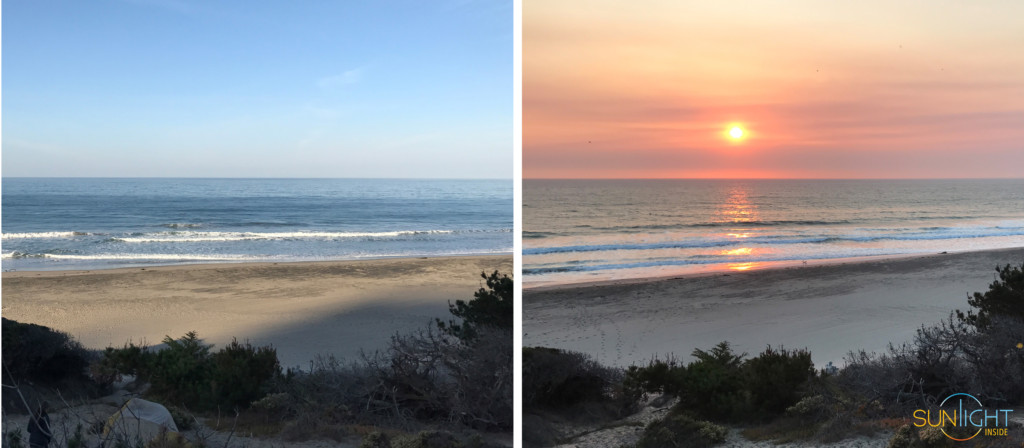
We’ve evolved with a fundamental relationship between blue light and sleep. Unfortunately our indoor environments generally do not provide the light/dark queues required to support a good night’s sleep. Most indoor environments provide less than 1/10th or 1/100th of the light of the natural sky (even in the winter). This means that if we spend our days indoors we never receive the ‘awake and alert’ signal needed to stimulate our energy, mood, metabolism, day-time hormones (like cortisol) and suppresses melatonin. The good news is that spending as little as 20-30 minutes outdoors is enough to signal our bodies that it is day-time. Studies suggest that morning exposure to natural light is the most effective, so getting outside on your break/lunch, or before work will help you sleep better! At night, most indoor environments are too brightly lit (>100 lux) to signal ‘recover and rest’. Typical office and work environments will suppress melatonin and stimulate the body which makes it much harder to sleep. Studies clearly show that the light from screens (tablets, mobile phone etc) interfere with sleep, as they emit blue light and are held close to the eye. Software such as f.lux (Windows/Android), and Nightshift (iOS) can mitigate some of these effects, though physicians still recommend minimizing your exposure to devices 2 hours before bed. As it turns out, televisions are typically viewed from much longer distances so they are generally less disruptive to sleep (depending upon of course on what you watch ;).
Studies suggest insomnia as well as a host of other adverse health impacts are correlated both to the amount time spent indoors during the day, and to exposure to artificial light at night. Blue light and sleep are fundamentally linked. Looking ahead, there are a new class of ‘human centric lighting’ products coming to market which are designed to provide bright blue-rich light during the day, and simulate candle or fire light at night (no blue-rich light). For those of us who struggle with sleep, increasing our exposure to natural light during the day, and reducing our use of artificial light at night are two of the simplest things we can do to improve our sleep.
additional reading / resources on blue light and sleep:
– sleep is critically important for our health and wellness
– detailed discussion of how sleep and circadian rhythms depend upon light
– morning daylight exposure is tied to a good night’s sleep
– practical tips for how to improve your sleep environment
– ‘Darkness Matters’ = commentary on how light impacts sleep from S+
– overview of how Electronics Affect Sleep And What You Can Do About It
– impacts of using devices/screens and exposure to blue light at night
– Harvard’s commentary on external factors which impact sleep
– chronotypes and how camping brings late owls and early birds together


